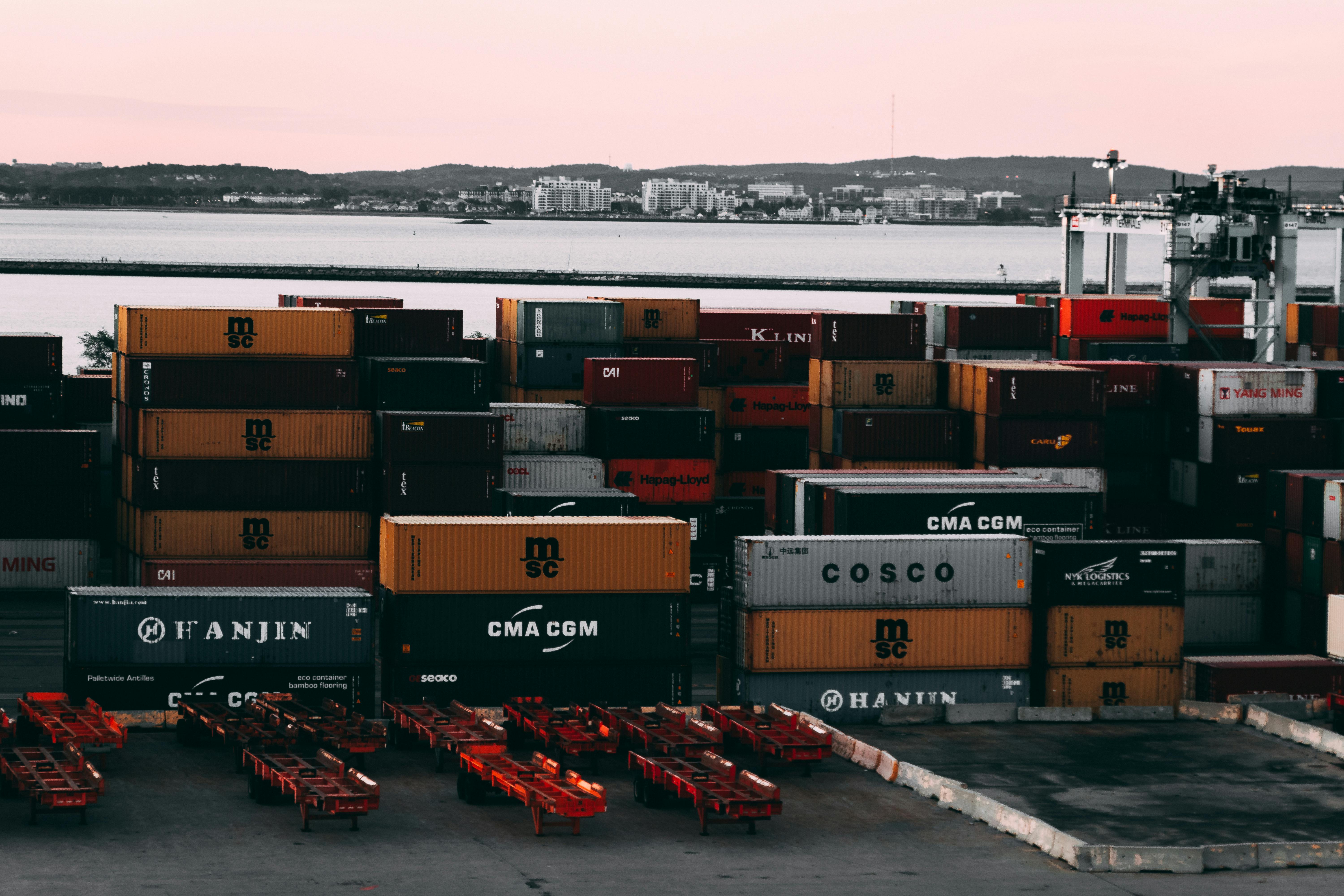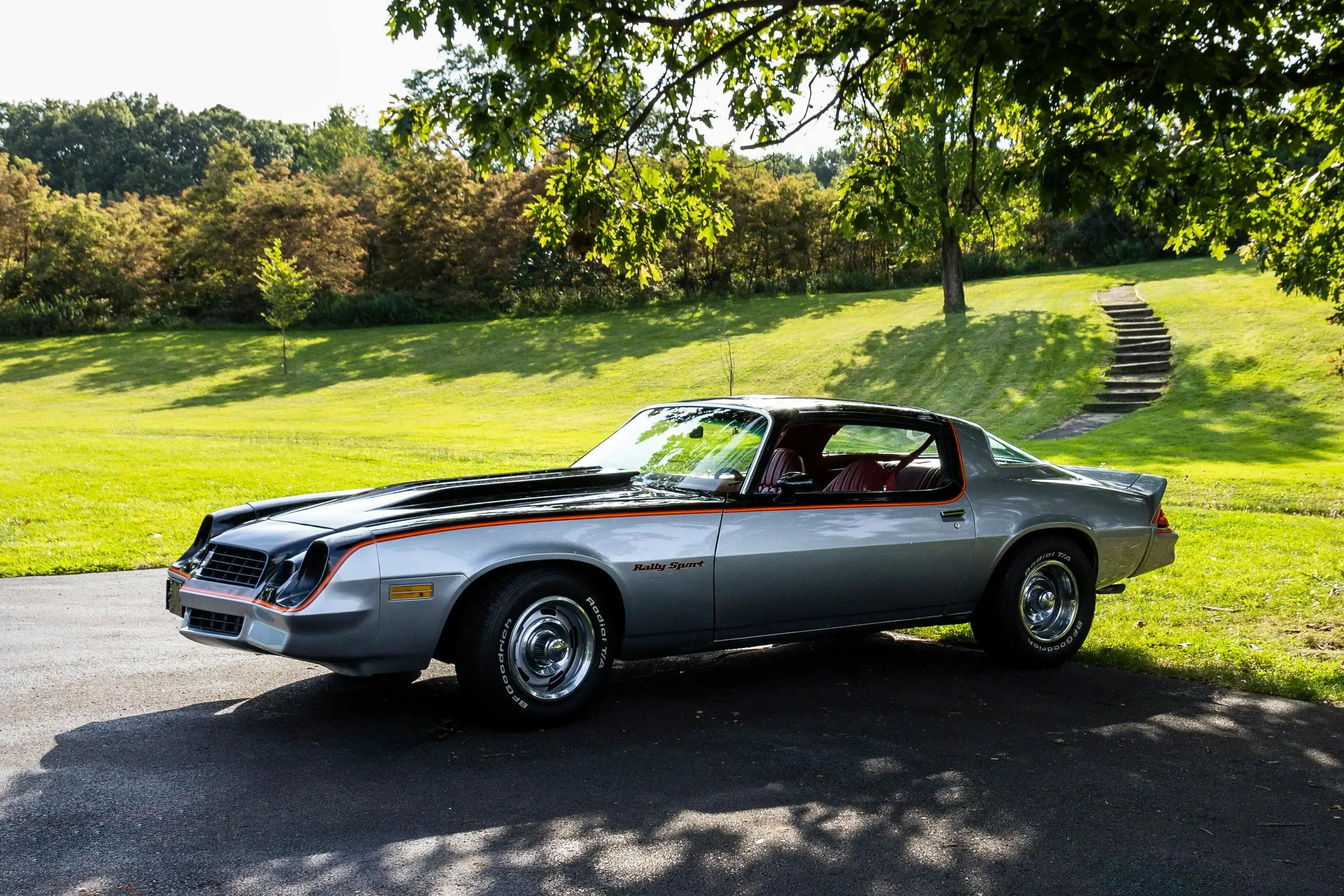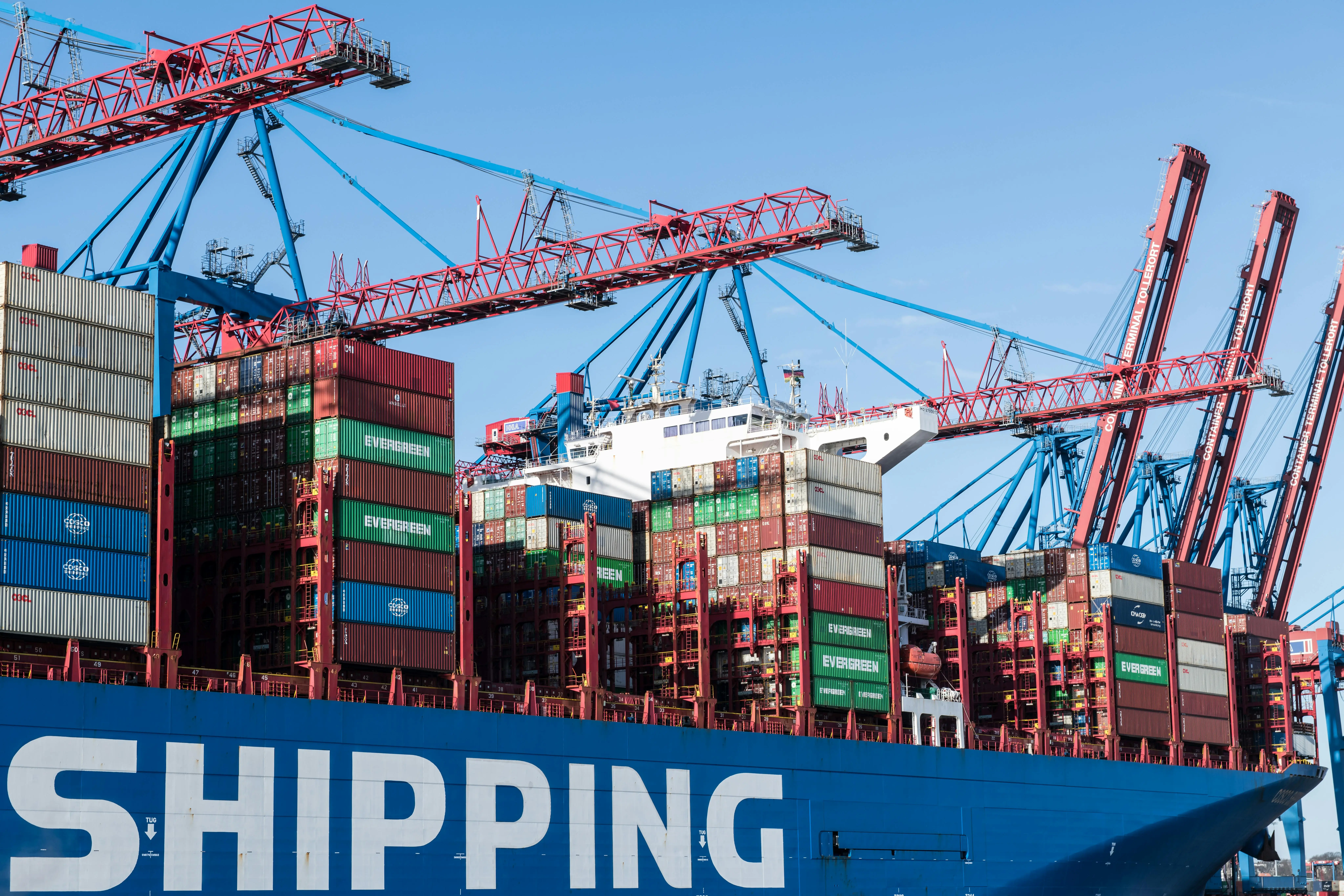Military Car Air Freight vs. Sea Shipping – 2025 PCS Guide
Permanent Change of Station (PCS) orders can appear faster than a TDY alert, forcing service members to decide how to move a privately owned vehicle (POV) across oceans. Two options dominate: air freight and containerized sea transport. Each delivers your car to a new duty station, yet differences in cost, speed, and paperwork can make or break your relocation timeline.
Core Differences at a Glance
| Factor | Air Freight | Sea Freight (Container) |
|---|---|---|
| Transit Time | 3-10 days door-to-door | 25-40 days port-to-port |
| Typical Cost Range | $10,000–$22,000 | $2,200–$4,500 |
| Vehicle Prep | ⅛ tank fuel, battery disconnected, crate or pallet | ¼ tank fuel, battery disconnected, soft-strap tie-down |
| Weight/Size Limits | Aircraft door height 2.28 m max | 2.58 m container door height, longer wheelbase accepted |
| Ideal For | Tight report-by dates, high-value or show cars | Budget-minded PCS moves, multiple POVs or household goods |
| Departure Points | Major hubs (LAX, ATL, JFK) | Ports near WCS yards: Oakland, Fort Lauderdale, New Jersey |
When Air Freight Saves the Day
Last-Minute Orders
Receiving amended orders two weeks before you must sign in at Ramstein? Air freight bridges the gap. Our typical timeline:
-
Day 0-1: On-base pickup with enclosed truck
-
Day 2: Crating, hazmat sign-off, and export filing
-
Day 3: Wheels-up on a commercial cargo flight
-
Day 6-9: Arrival, customs clearance, and delivery to Vehicle Processing Center (VPC)
Show or Competition Vehicles
Rally cars headed to overseas races often require same-month delivery. High-performance vehicles with custom modifications need specialized handling that air freight provides through controlled environments and minimal handling points.
High-Value Protection
Classic Corvettes, restored Mustangs, or European exotics benefit from air freight's reduced handling and climate-controlled environment. While costs run 3-4 times higher than sea freight, the protection justifies the premium for irreplaceable vehicles.
Critical Timeline Situations
Emergency leave extensions, medical situations, or family emergencies that compress your PCS timeline make air freight the only viable option. When report-by dates cannot be extended, paying premium rates beats explaining a late arrival to your new command.
When Sea Freight Makes Financial Sense
Budget-Conscious Families
Most military families choose sea freight for good reason: costs run 60-70% lower than air transport. A typical CONUS-to-Germany shipment costs $4,200 via container versus $15,000 by air.
Multiple Vehicle Households
Dual-car families benefit from container consolidation services that allow shipping two vehicles in a shared 40-ft container. This approach cuts per-vehicle costs dramatically while maintaining secure transport.
Flexible Timelines
Standard PCS timelines with 60-90 days notice work perfectly with sea freight schedules. Planning ahead enables you to secure the best rates and sailing dates without rush charges.
Household Goods Integration
Some military families coordinate vehicle shipping with household goods shipments, though DoD contractors and private shipping companies operate separately. However, timing alignment can simplify your overall move logistics.
Cost Breakdown and Hidden Expenses
Air Freight Cost Components
-
Base air freight rate: $8,000-$15,000 depending on route
-
Crating and preparation: $800-$1,200
-
Airport handling fees: $400-$800
-
Customs clearance: $300-$600
-
Final delivery: $200-$500
-
Total typical range: $10,000-$22,000
Sea Freight Cost Components
-
Ocean freight (shared container): $2,500-$4,000
-
Inland trucking to port: $300-$800
-
Export documentation: $200-$400
-
Port handling fees: $300-$500
-
Destination charges: $400-$700
-
Final delivery: $200-$600
-
Total typical range: $3,200-$6,500
Hidden Costs to Consider
Storage fees accumulate if your vehicle arrives before you clear customs or if pickup delays occur. Fuel surcharges fluctuate with oil prices, affecting both methods but especially air freight. Peak season premiums during summer PCS season can add 15-25% to base rates.
Documentation Requirements
Universal Requirements for Both Methods
-
PCS orders with authorized overseas assignment
-
Original vehicle title or notarized lien letter
-
Power of attorney permitting shipping company to act on your behalf
-
EPA Form 3520-1 declaring emissions compliance status
-
DOT Form HS-7 declaring safety standard compliance
-
Military ID copy for customs verification
Air Freight Additional Requirements
-
Hazardous materials declaration for battery and fuel
-
Aircraft loading certification for vehicle dimensions
-
Cargo protection documentation for high-value items
-
Emergency contact information at destination
Sea Freight Additional Requirements
-
Container stuffing certificate for loading verification
-
Bill of lading for ocean transport
-
Destination port notification for arrival coordination
Timeline Planning Strategies
Air Freight Timeline
Week 1: Receive orders, contact West Coast Shipping for quote
Week 2: Complete documentation, schedule pickup
Week 3: Vehicle pickup, crating, and preparation
Week 4: Flight departure and arrival
Total time from contact to delivery: 3-4 weeks
Sea Freight Timeline
Week 1-2: Receive orders, reserve container space
Week 3-4: Complete documentation and vehicle preparation
Week 5: Vehicle pickup and container loading
Week 6: Vessel departure
Week 10-12: Destination arrival and customs clearance
Total time from contact to delivery: 10-14 weeks
Peak Season Considerations
Summer PCS season (May-August) creates capacity constraints and higher prices for both methods. Hurricane season (June-November) can disrupt Atlantic shipping schedules, making Pacific routes more reliable during these months.
Pros and Cons Analysis
Air Freight Advantages
-
Unmatched speed for urgent timelines
-
Climate-controlled environment protects sensitive vehicles
-
Minimal handling reduces damage risk
-
Flexible scheduling with multiple daily flights
-
Real-time tracking throughout the journey
Air Freight Disadvantages
-
Premium pricing often 3-4 times sea freight costs
-
Size and weight restrictions limit vehicle eligibility
-
Fuel quantity limits require extensive preparation
-
Airport access may require additional inland transport
-
Weather sensitivity can cause unexpected delays
Sea Freight Advantages
-
Cost-effective pricing suitable for military budgets
-
No size restrictions for standard passenger vehicles
-
Consolidation opportunities for multiple vehicles
-
Proven reliability with established shipping schedules
-
Extensive destination network reaching remote duty stations
Sea Freight Disadvantages
-
Extended transit times requiring advance planning
-
Weather dependency during hurricane season
-
Port congestion potentially causing delays
-
Limited schedule flexibility with weekly sailings
-
Ocean conditions affecting vehicle security
Military Family Tips for Success
Planning Ahead
Start early by contacting shipping companies when you receive orders, not when you're ready to ship. Research destination requirements including vehicle registration and inspection procedures at your new duty station.
Documentation Organization
Create digital copies of all required documents and store them securely. Verify expiration dates on power of attorney documents, ensuring they remain valid through delivery completion.
Communication Management
Establish clear contact protocols with your shipping company, including emergency contact information and alternate communication methods. Coordinate with sponsors at your new duty station for vehicle pickup assistance if needed.
Financial Preparation
Budget for unexpected costs including storage fees, document replacement, or delivery delays. Consider timing your shipment to align with allowable travel expenses and reimbursement schedules.
Destination-Specific Considerations
European Assignments
Germany requires TÜV inspection for vehicle registration, potentially affecting older vehicles. Italy has restricted driving zones in city centers requiring special permits. United Kingdom involves right-hand drive conversion considerations for long-term assignments.
Pacific Assignments
Japan offers excellent infrastructure but expensive vehicle registration and inspection processes. South Korea requires extensive documentation and modification compliance. Guam has limited vehicle service options requiring careful maintenance planning.
Special Duty Locations
Remote assignments may require additional coordination for final delivery and customs clearance. Combat zones involve special procedures and timing restrictions. Diplomatic posts require coordination with embassy security and protocol offices.
Frequently Asked Questions
Can I ship my motorcycle with my car?
Yes, both air freight and sea freight accommodate motorcycles either separately or consolidated with vehicles. Motorcycles require special preparation and securing methods regardless of transport mode.
What happens if my orders change after shipping starts?
Air freight offers more flexibility for mid-transit changes, while sea freight requires early notification for routing modifications. Both methods may involve additional costs for itinerary changes.
Do I need special permits for modified vehicles?
Performance modifications may require additional documentation for customs clearance. Visual modifications typically don't affect shipping but may impact destination country registration requirements.
How do I handle vehicle registration at my new duty station?
Each duty station has specific requirements for vehicle registration and inspection. Your sponsor or in-processing office provides guidance on local procedures and required documentation.
What protection exists for my vehicle during transport?
Both methods include basic carrier liability, but additional cargo protection coverage is available and recommended for high-value vehicles. Coverage terms vary between air and sea freight options.
Making the Right Choice for Your PCS
The decision between air freight and sea freight ultimately depends on your specific circumstances: timeline requirements, budget constraints, and vehicle characteristics. Air freight serves military families with urgent timelines or high-value vehicles requiring premium protection. Sea freight provides cost-effective transport for standard PCS moves with adequate planning time.
Consider your complete PCS timeline including household goods shipment, temporary lodging arrangements, and family travel plans. Budget realistically for the total cost including preparation, transport, and destination fees. Plan for contingencies including potential delays or additional requirements at your destination.
Working with an experienced military shipping specialist like West Coast Shipping ensures your vehicle transport integrates smoothly with your overall PCS timeline and budget. Our expertise in both air and sea freight options, combined with military-specific services, provides the support you need for a successful overseas assignment.
Calculate Your Military Vehicle Shipping Cost
Ready to move your POV to your next duty station? Whether you need the speed of air freight or the value of sea transport, West Coast Shipping provides military families with transparent pricing and proven reliability. Use our instant calculator below to compare both options and make the best decision for your PCS timeline and budget.
You May Also Like
These Related Stories

Container Vs. Air Freight: What Is The Most Secure Way To Ship Muscle Cars?

RoRo vs Container Shipping for Classic Cars to Australia

-093789-edited.png?width=220&height=79&name=wcs_final_logo_(1)-093789-edited.png)
